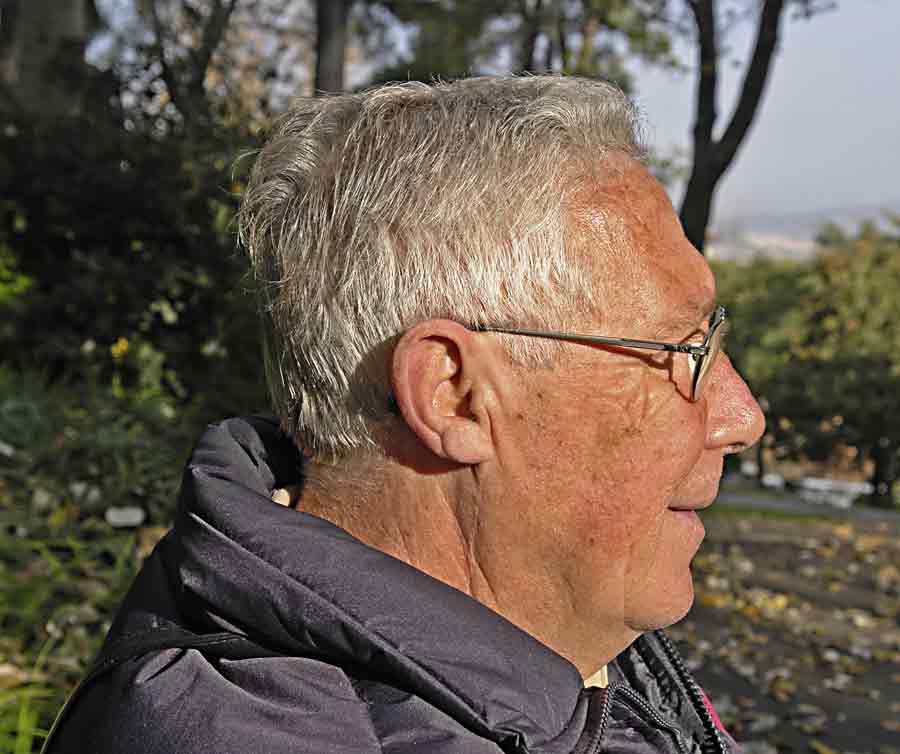PET/CT-guided surveillance promising in head and neck cancer
PET/CT-guided surveillance promising in head and neck cancer
25 Mar 2016Survival was similar among patients with squamous-cell carcinoma of the head and neck and advanced nodal disease (stage N2 or N3) whether they underwent PET/CT-guided surveillance or planned neck dissection, a prospective, randomized, controlled study from the U.K. has demonstrated.
And while the quality-of-life scores in the two groups were similar, surveillance spared about 80% of patients from undergoing a neck dissection and cost £1,492 ($2,190 U.S.) less per patient than surgery, Hisham Mehanna, PhD, from the University of Birmingham and colleagues reported.
Clinical trial design
In the multicenter, nationwide study, 564 patients were recruited from 37 head and neck cancer centers in the U.K. from 2007 through 2012. A total of 282 patients were in the planned-surgery group and the same number were in the surveillance group.
Among these patients, 17% had nodal stage N2a disease; 61% had stage N2b disease; 84% had oropharyngeal cancer; and 75% had tumor specimens positive for the p16 protein, indicating that HPV played a role in causing the cancer.
PET/CT-guided surveillance was performed 12 weeks after the end of chemo-radiotherapy in patients with stage N2 or N3 disease. Neck dissection was performed only if PET/CT showed an incomplete or equivocal response. Patients were followed for up to 5 years with a median follow-up of 36 months.
“A significant difference in overall survival”
The study showed that:
- While the rates of surgical complications were similar in the two groups, PET/CT-guided surveillance resulted in fewer neck dissections than did planned dissection surgery (54 versus 221).
- The hazard ratio for death slightly favored PET/CT-guided surveillance and indicated non-inferiority
- There was no significant difference between the groups in terms of p16 expression, which was highly prognostic for overall survival in both groups.
- There was a significant difference in overall survival between the planned-surgery and surveillance groups among patients with p16-positive tumors and those with p16-negative tumors. The 2-year overall survival rate was 84.9% in the surveillance group and 81.5% in the planned-surgery group.
The feasibility of PET/CT-guided surveillance in routine clinical practice is confirmed by the high concordance between local radiologic and central laboratory assessments, said Mehanna and colleagues. They added that this trial may have underestimated the benefit of PET/CT-guided surveillance in patients with advanced head and neck cancer, given a recent study suggesting that nodal disease may take longer to involute in patients with HPV-positive disease.
"Our trial showed that PET/CT-guided surveillance was non-inferior to planned neck dissection and equally effective in both HPV-positive and HPV-negative patient groups. Patients in the surveillance group were not disadvantaged by undergoing delayed neck dissection; the global quality-of-life scores and rates of surgical complications were similar in this group and in the group of patients who underwent earlier planned neck dissection."

A cost-effective treatment without compromising survival
"This study confirms previous retrospective studies showing that PET/CT after chemo-radiation is cost effective in reducing the number of unnecessary planned neck dissections, without compromising survival," Hassan Arshad, MD, from Roswell Park Cancer Institute in Buffalo, NY, commented. Arshad, a head and neck cancer surgeon, was not affiliated with the study.
"The paper still leaves open the question of whether a patient with an N3 neck should have a planned neck dissection," he said. "Ideally, we hope to have a method to identify those patients who would require a planned neck dissection, before they undergo chemo-radiation."
“Patients with an equivocal FDG uptake should continue to undergo neck dissection”
Mehanna and colleagues recommended that patients with an equivocal FDG uptake continue to undergo neck dissection, especially in the presence of HPV-negative disease. However, they emphasized, patients with HPV-positive cancers and enlarged nodes but no FDG uptake after chemo-radiotherapy "may be considered for close follow-up with serial CT or PET/CT. This strategy may spare even more patients from undergoing a neck dissection."
The investigators warned, however, that physicians should be cautious about extrapolating data from this trial into routine clinical practice since few patients had low-prevalence, N3 (stage IVb) disease. "Although 5 of the 9 patients with stage N3 disease in the PET/CT surveillance group had complete responses, extrapolation of a PET/CT-guided surveillance policy to this higher-risk group of patients cannot currently be justified because of the small number of such patients in the trial."
Source: MedPage Today